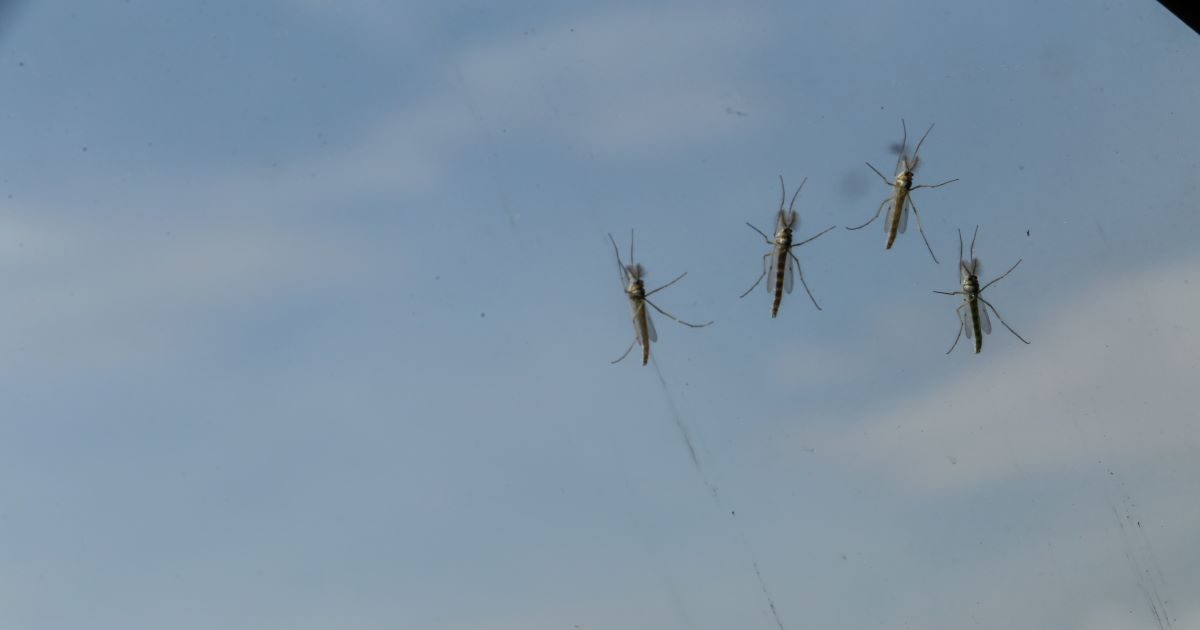The National Public Health Organization (EYE) recommends the public to take precautionary measures from mosquitoes to reduce the risk of infection from West Nile viruswhich is expected to appear in the coming months.
As the EYEcases of infection by the West Nile virus They are recorded in many countries worldwide, as in many European countries, on an annual basis, usually during the summer and autumn months. From 2010 onwards, there have been cases of almost every year in our country.
More specifically, During the last 15 years (2010 to 2024), a total of 2,088 domestic cases of West Nile infection have been recorded in our country (with an average annual number of 145 cases per year)of which 1,471 (70/%) presented events from the central nervous system, and a total of 292 deaths have been recorded in hospitalized patients with virus infection. During last year (2024) a total of 220 domestic cases of infection in Greece were recorded, of which 157 with events from the central nervous system – and 35 deaths in patients with virus infection.
Based on historical epidemiological data, It is considered to be expected to recur incidents during the current mosquito traffic period (2025). For this reason, EDYY has already informed health professionals nationwide of their need for alert for the disease during the current period.
West Nile
The West Nile virus is mainly transmitted by the sting of infected ‘common’ mosquitoes. The mosquitoes contaminated by infected birds (certain species of mainly wild birds). People who are infected further transmit the virus to other mosquitoes or other people (by direct contact).
In the majority of them, People infected do not get sick at all or show only mild symptoms. However, in a small percentage (less than 1%), people infected have severe disease that affects the nervous system (mainly encephalitis or meningitis). Older people (over 50 years of age) and people with immunosuppression / chronic underlying diseases are more at risk of seriously and – at a rate – to present life -threatening complications.
As the epidemiology of the virus is complex and is determined by many factors, the virus circulation areas and outbreaks cannot be safely predicted. Therefore, o EDY recommends that individual mosquito protection measures be observed throughout the territorythroughout the mosquito release period:
– Use approved body and environmental insect repellents (according to the instructions for use), signs, mosquitoes, air conditioners/ fans, suitable (long) clothes.
– Do not leave stagnant waters nowhere (so, helping to limit mosquito breeding outbreaks in private spaces).
Older people, people with immunosuppression and people with chronic underlying diseases, must adhere to individual mosquito protection measures with particular consistency, as they are more likely to get seriously ill.
In each transmission period, and with the aim of timely application of targeted response and prevention measures, the EYE It carries out enhanced epidemiological surveillance of the disease and active entomorological surveillance at national level, informs health and public health professionals and the public, investigates the incidents immediately and is in constant communication and cooperation with the competent national authorities and local authorities.
Recommended prevention and response actions, based on risk assessment in each area, are described in detail in “Action Plan for Western Nile infection” of the Ministry of Health, which aims to apply actions to manage and reduce the risk of transmission of the virus.
